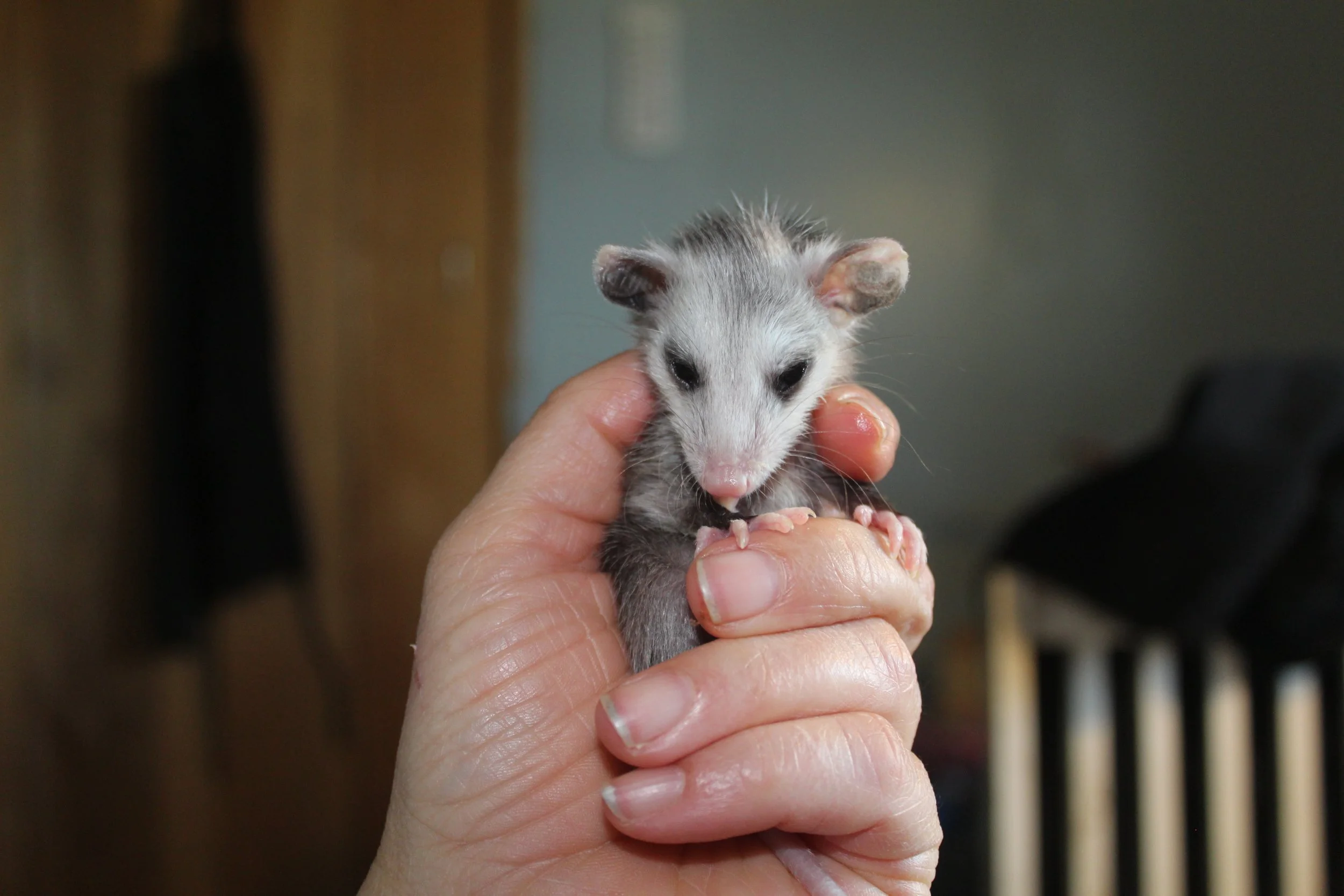Finding a baby animal alone and possibly injured is nerve-racking. You want to help but what do you do? Take a deep breath. It’s ok.
This article will walk you through the steps to help or get assistance to make sure the baby is ok.
Reunite Mom and Baby
PLAN A – Plan A is always always always try to reunite the family and verify if the baby is actually an orphan. Many “rescued” babies are actually kidnap victims.
Read my article on kidnap victims to learn more about what that is.
Animal babies do fall out of nests and they may appear to be alone. This does not mean they are abandoned. Their mother can and will still care for them.
Monitor the baby from a distance. Do not play with the baby (yes, they are cute), or try to feed it. This will only cause further problems. Check in a couple of hours to see if it is still there.
Chances are the mother has come and taken the baby. All is well. Good job!
Check out my YouTube channel for videos on wildlife rehabilitation, wildlife conservation, and organic gardening!
Mom Has Not Come Back
PLAN B – Plan B is for after you have monitored the baby and have not seen a mother or siblings. The baby is possibly crying and moving around without direction. The baby may be shivering and appears cold.
Call a licensed wildlife rehabilitator. At this point, the baby may need intervention. If you are able to take the baby to a rehabber you will need to carefully place it in a box with a towel or other warm bedding. Secure the box for transportation.
How to Locate a Wildlife Rehabilitator
Wildlife rehabilitators can be hard to find. Many are volunteers and there are limits to how many animals they can handle.
Use the Animal Help Now App to locate rehabbers near you
Call your local Department of Fish and Wildlife -
Go on the website for the National Wildlife Rehabilitation Association
The animal will appreciate being in a quiet dark place. Don’t allow anyone to handle it and do not try to feed it. Handling a wild baby causes stress that may lead to death.
Please keep in mind that it is illegal for you to keep or treat a wild animal. If you remove a wild animal from the wild you are obligated by law to get it to a licensed rehabilitation specialist within 24 hours.
Are you interested in becoming a wildlife rehabilitator? Read this article to find out how.
Check out my YouTube channel for videos on wildlife rehab, conservation, and organic gardening.
INJURED BABY
PLAN A –If you find a baby animal who has wounds, broken bones, has been hit by a car, or caught by a family pet then call a wildlife rehabber right away(see above). Also, babies who appear emancipated or have fleas or lice need medical attention.
If you can move the animal safely then transfer the baby to a box or carrier carefully. You may need to use a towel to cover the animal or slide it onto a board or piece of cardboard.
If you can not move the animal safely you can call your conservation officer and request assistance. You will need to carefully place it in a box with a towel or other warm bedding.
Secure the box for transportation. The animal will appreciate being in a quiet dark place. Don't allow anyone to handle it and do not try to feed it.
Baby birds are a bit different than mammals.
Watch this video to learn more.
Want to learn more about wildlife? Check out my wildlife blog to answer your questions about native wildlife species. Each blog tells about the animal and offers advice on how to attract or humanly repel that species.
I have two books on Wildlife Rehabilitation on Amazon. Check them out if you are interested in wildlife rescue.
Treats For Pets!
Looking for a nutritious treat for your canine or other pets? Well Loved Pumpkin & Probiotics (Amazon link) is a great treat for canines full of natural and holistic ingredients. Excellent for gut health! Rescue animals often have digestive issues and this is something I give to help them get more regulated.
Author, Ame Vanorio, is the founder of Fox Run EEC and has 14 years of experience as a licensed wildlife rehabilitator.





As a licensed wildlife rehabilitator, you are charged with feeding your babies until they are ready to be released. This can be a daunting task. There is a lot of controversy among experts when it comes to what is the best formula to give.